Bioinformatics is integral to modern drug development, leveraging computational algorithms and large-scale biological data to enhance each pipeline stage. Key applications include target identification and validation through genomic and proteomic analyses, enabling the pinpointing of disease-related proteins and genetic markers. Virtual screening and molecular docking utilize databases like PubChem and tools such as AutoDock to predict ligand-target interactions, accelerating lead compound discovery. Quantitative structure-activity relationship (QSAR) models and machine learning algorithms analyze chemical and biological datasets to forecast drug efficacy and toxicity, optimizing candidate selection.
Additionally, systems biology approaches integrate multi-omics data to elucidate complex disease mechanisms and identify synergistic drug combinations. The incorporation of AI-driven platforms further enhances predictive accuracy and data integration, reducing experimental costs and time. Overall, bioinformatics streamlines drug discovery by enabling precision targeting, efficient screening, and comprehensive biological insights, driving the development of effective and personalized therapeutics.
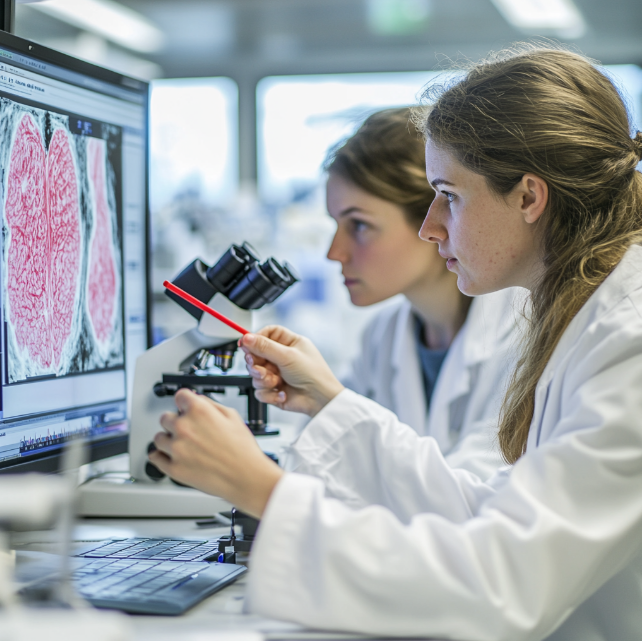
Cancer is the second leading cause of death worldwide, claiming nearly 10 million lives annually (WHO), and exacts an immense economic burden exceeding USD 1.16 trillion in healthcare costs.
Harnessing next-generation sequencing, big-data analytics, and machine learning, bioinformatics drives target discovery, refines precision therapeutics, and accelerates biomarker validation—dramatically reducing time-to-clinic.
These advances have led to more tailored immunotherapies, rational drug design, and adaptive trial frameworks, significantly improving patient survival and quality of life.
Example: The Pan-Cancer Atlas project (covering 11,000 tumors across 33 cancer types) identified common driver mutations and molecular subtypes, guiding personalized treatment (Hoadley et al., 2018, Cell, 173(2), 291–304).
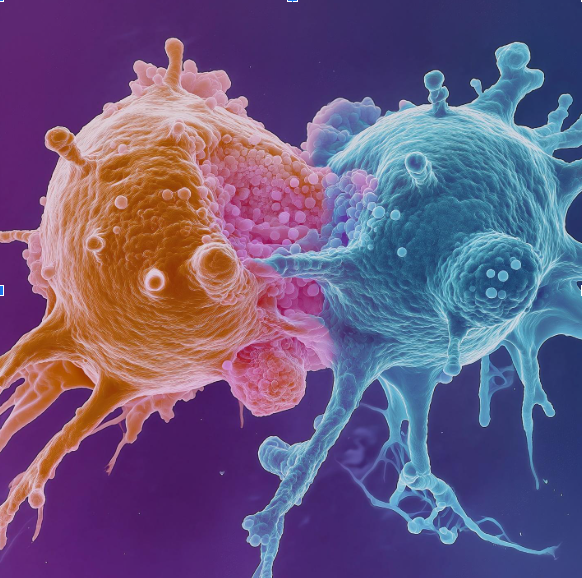
Immuno-oncology leverages the immune system’s capacity to combat cancer, a disease claiming ~10 million lives annually (WHO) and affecting 36 major tumor types worldwide.
By integrating high-dimensional flow cytometry, single-cell RNA sequencing, and sophisticated computational pipelines, bioinformatics elucidates neoantigens, T-cell receptor repertoires, and optimal checkpoint inhibitor strategies.
These breakthroughs have transformed patient outcomes, raising 5-year survival rates in metastatic melanoma from ~5% to over 40% and energizing the global immunotherapy market.
Example: Large-scale immunogenomic profiling of over 8,000 tumors across 33 cancer types identified six distinct immune subtypes, guiding more precise treatment (Thorsson et al., 2018, Immunity, 48(4), 812–830).
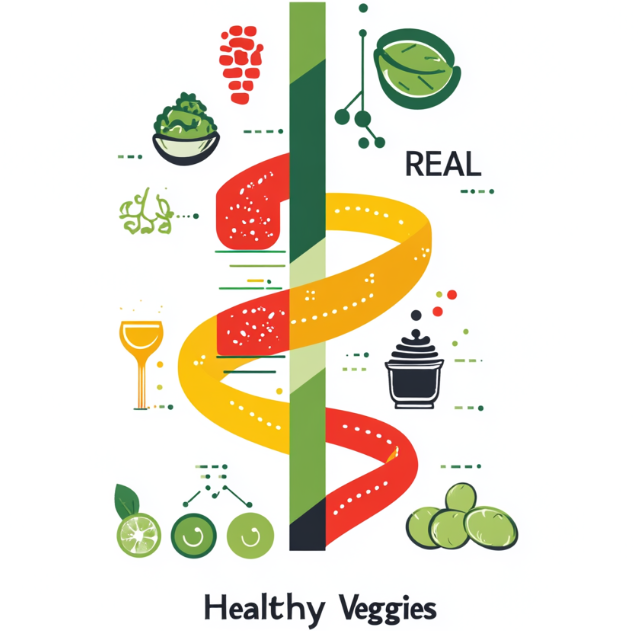
Global demands for staple crops will surge by ~70% to feed over 9.7 billion people by 2050, driving the urgent need for higher-yielding, climate-resilient varieties.
Leveraging large-scale genomic and transcriptomic datasets (>100,000 plant accessions) and advanced computational pipelines, bioinformatics pinpoints quantitative trait loci (QTLs) for disease resistance, yield, and drought tolerance.
These insights have cut breeding cycles by ~40%, fast-tracking novel gene edits and fostering sustainable, high-yield agriculture worldwide.
Example: Integrated genomics-based approaches in chickpea revealed 56 key QTLs for yield and stress tolerance, guiding targeted breeding (Varshney et al., 2021, Nature Biotechnology, 39, 1036–1048).

Environmental science is paramount, as human activities emit over 50 gigatons of CO2 equivalents each year, driving climate change and biodiversity loss on a global scale.
Bioinformatics couples big-data analytics with next-generation sequencing of environmental samples—tracking microbial community shifts, pollutant levels, and ecosystem health in real time.
These computational innovations have enabled precision conservation strategies, rapid detection of emerging threats, and robust climate resilience planning, safeguarding ecosystems for future generations.
Example: During the Tara Oceans expedition, researchers collected over 35,000 marine samples and used advanced bioinformatics to analyze their metagenomes, discovering more than 40 million new genes. This unprecedented insight into ocean microbial diversity and function now informs global conservation strategies and climate change models.

Ensuring safe, nutritious, and sufficient food for a global population exceeding 8 billion is paramount, as foodborne illnesses affect ~600 million people annually (WHO).
Applying high-throughput sequencing and advanced computational pipelines, bioinformatics tracks microbial communities, identifies contaminants, and optimizes formulations to enhance product safety and nutritional value.
These methods have cut outbreak detection times by >50%, improved functional food design, and accelerated breakthroughs in sustainable, climate-resilient agriculture worldwide.
Example: Deep metagenomic sequencing of over 1,500 raw milk samples uncovered novel antibiotic resistance genes, guiding targeted interventions (Quijada et al., 2022, Foods, 11(15), 2277).
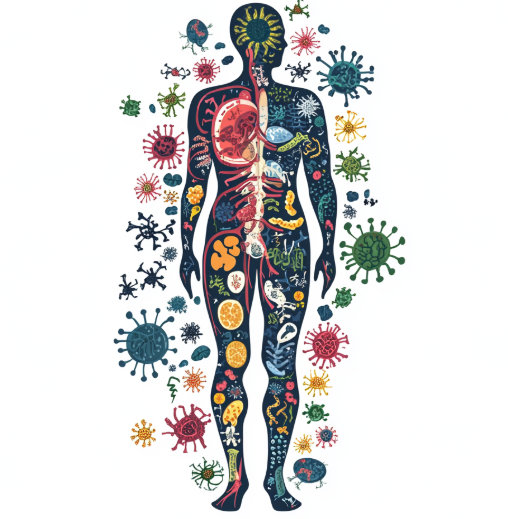
The human microbiome hosts an estimated 10^14 microbial cells—outnumbering human cells ~10:1—and profoundly influences immunity, metabolism, and disease susceptibility (e.g., obesity, IBD, certain cancers).
Using high-throughput 16S rRNA and whole-metagenome sequencing on petabyte-scale datasets, bioinformatics deciphers host-microbe interactions at unprecedented resolution across tens of thousands of samples.
These insights have enabled the development of personalized microbiome-based therapies—ranging from tailored probiotics to fecal microbiota transplants—fueling a paradigm shift toward precision medicine.
Example: Lloyd-Price et al. (2019, Nature) performed multi-omics analyses on over 130 inflammatory bowel disease (IBD) patients, revealing disease-specific shifts in microbial metabolism that identified potential diagnostic and therapeutic targets.

Plant and animal microbiomes play a pivotal role in global food security, with demand for livestock and crop production projected to surge by ~70% by 2050.
Leveraging high-throughput 16S rRNA/shotgun metagenomics and advanced bioinformatics pipelines, researchers can rapidly profile rhizosphere and gut communities in thousands of samples, pinpointing keystone taxa that drive disease resistance, yield, and productivity.
These findings have accelerated development of microbial consortia–based probiotics, improved feed efficiency, and enabled precision breeding—reducing antibiotic use and bolstering sustainable agriculture worldwide.
Example: Large-scale rumen microbiome analysis of 400 dairy cows revealed core microbial signatures linked to a 30% reduction in methane emissions (Wallace et al., 2019, BMC Genomics, 20, 912).

Chronic metabolic and organ diseases—such as type 2 diabetes, chronic kidney disease, and nonalcoholic fatty liver disease—affect over 1.3 billion individuals globally, resulting in healthcare costs exceeding USD 1 trillion each year.
By integrating electronic health records, multi-omics datasets (e.g., >500,000 participants from the UK Biobank), and AI-driven in silico modeling, bioinformatics rapidly identifies novel therapeutic targets, validates prognostic biomarkers, and expedites lead optimization.
This has shortened preclinical-to-Phase I timelines by ~30%, improved clinical success rates, and catalyzed the development of safer, more personalized therapies for patients worldwide.
Example: A genome-wide meta-analysis of 120,000 type 2 diabetes patients identified rare SLC30A8 loss-of-function variants that reduce disease risk by 65%, steering the design of novel insulin secretagogues (Flannick et al., 2014, Nature Genetics, 46(4), 357–363).
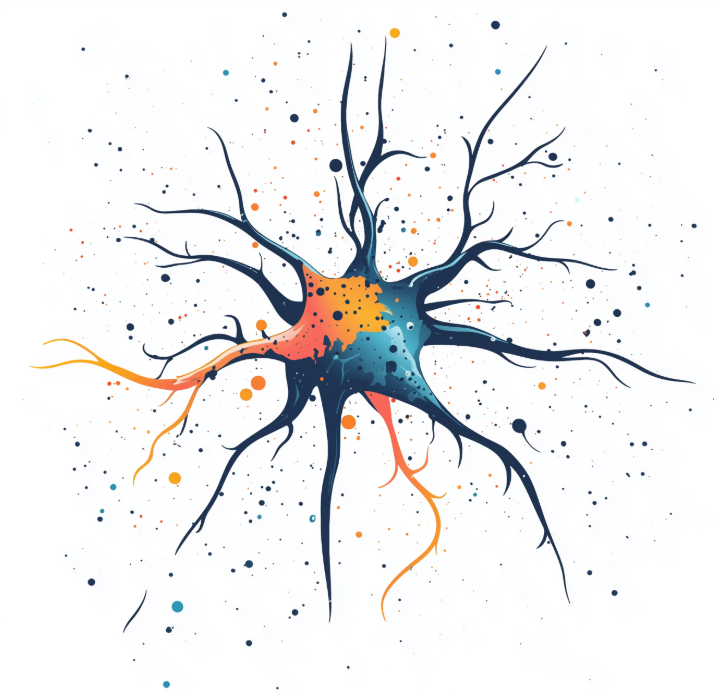
Neurodegenerative diseases—including Alzheimer’s, Parkinson’s, and ALS—affect ~50 million people globally, incurring annual costs surpassing USD 1 trillion, with this burden projected to double by 2030.
By integrating exome-wide association studies of over 200,000 individuals, transcriptomic profiling, and advanced structural modeling, bioinformatics deciphers pathogenic mechanisms and identifies high-impact therapeutic targets.
These methodologies have driven breakthroughs in early disease detection, advanced drug repurposing, and biologically informed patient stratification—ushering in the prospect of truly disease-modifying interventions.
Example: Exome sequencing of 2,261 Alzheimer’s patients revealed TREM2 variants that double disease risk, guiding immunomodulatory strategies (Jonsson T et al., 2013, NEJM, 368(2), 107–116).

Rare diseases collectively affect an estimated 300 million people worldwide, with over 70% having genetic roots and an average diagnostic odyssey of 5–7 years.
Bioinformatics leverages multi-omics data (e.g., exome/whole-genome sequencing) and large-scale consortia (e.g., 100,000 Genomes Project) to uncover pathogenic variants, dissect gene-gene interactions, and expedite variant annotation.
These advances have halved diagnostic times for many patients, driven breakthroughs in personalized interventions, and fostered new gene therapy paradigms.
Example: The Undiagnosed Diseases Network, using comprehensive sequencing and advanced computational pipelines, identified definitive genetic diagnoses for 35% of complex cases (Splinter et al., 2018, NEJM, 379(22), 2131–2139).

Early detection biomarkers can reduce mortality by over 50% in diseases like cancer and Alzheimer’s, saving billions in global healthcare costs each year.
Bioinformatics harnesses multi-omics datasets (N>200,000 samples) and advanced machine learning algorithms to reveal predictive molecular signatures, expediting clinical translation.
These breakthroughs have dramatically improved diagnostic timelines, enabling precision therapies and mitigating disease progression.
Example: A proteomic study of 300 Alzheimer’s patients identified a 10-autoantibody signature with 96% sensitivity using advanced bioinformatic analyses (Nagele et al., 2011, PLOS ONE, 6(8), e23112).

Inherited diseases affect an estimated 300 million people worldwide, with ~80% linked to single-gene variants—often resulting in a prolonged diagnostic odyssey.
Bioinformatics integrates large-scale exome/whole-genome sequencing (e.g., 100,000 Genomes Project) to rapidly pinpoint pathogenic variants, chart genotype-phenotype links, and guide gene-editing strategies.
These advances have halved diagnostic times in numerous cases and fueled the rise of targeted CRISPR-based therapies, delivering transformative care to patients.
Example: The BabySeq Project, analyzing 159 newborns with comprehensive genomic pipelines, identified actionable genetic findings in 9.4% of healthy participants, underscoring the power of early screening (Ceyhan-Birsoy et al., 2019, Am J Hum Genet, 104(1), 76–93).
Don’t miss our future updates! Get Subscribed Today!
©2024. Vitalytics BioScience Company Pvt Ltd.